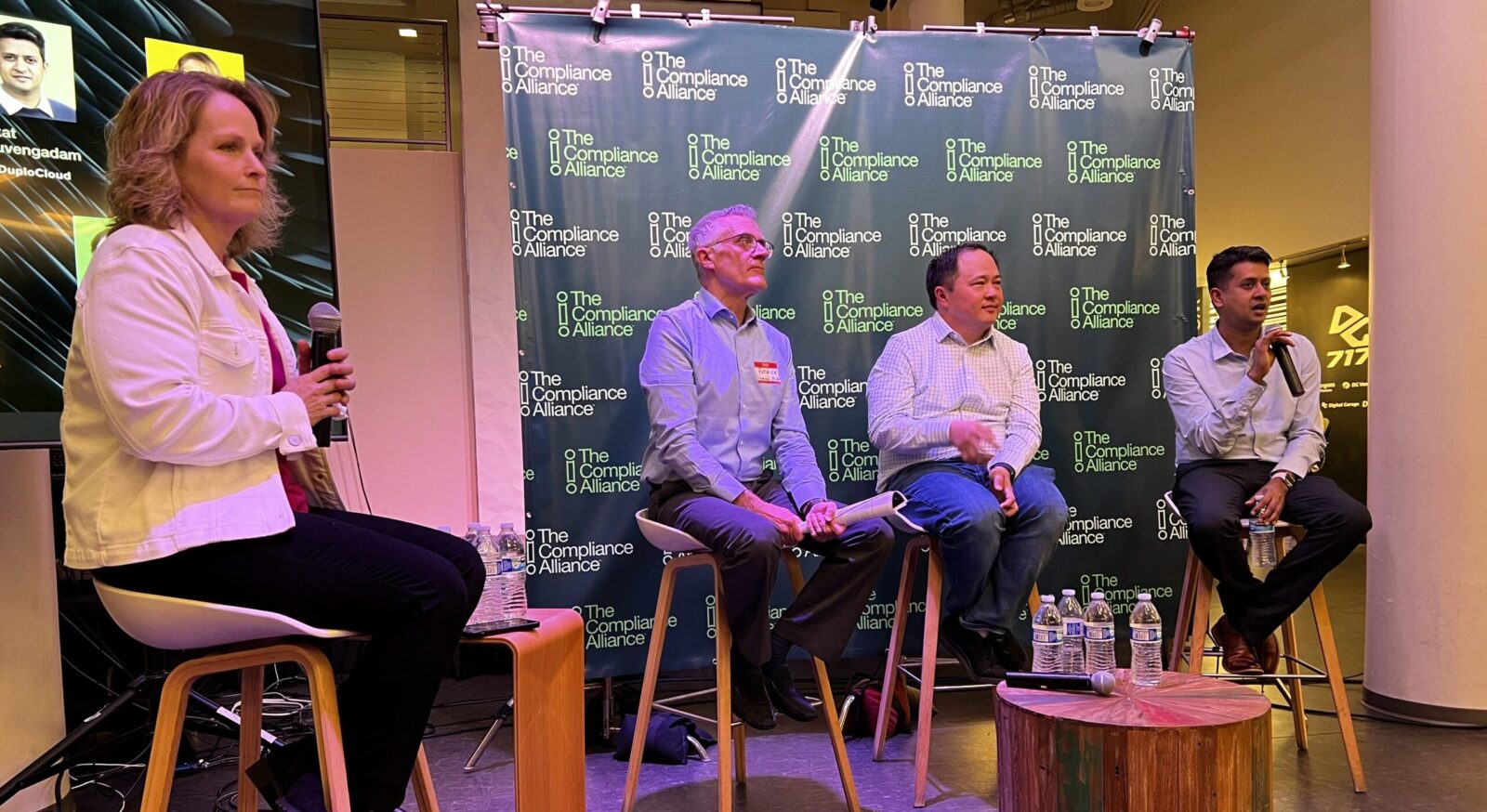Revolutionizing Cloud Integration and Automation with DevOps-as-a-Service
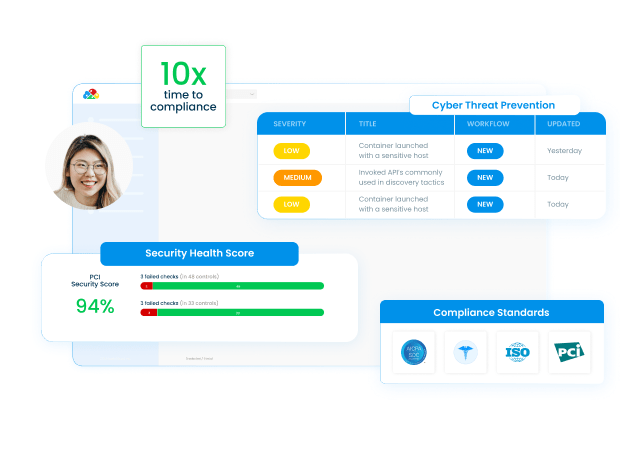
DuploCloud's DevOps-as-a-Service offers a revolutionary approach to managing cloud infrastructure, ensuring efficient handling of cloud management complexities and robust security, allowing businesses to focus on their core objectives.
Join the ranks of successful businesses powered by DuploCloud
Streamlining Success in the Cloud with DevOps-as-a-Service
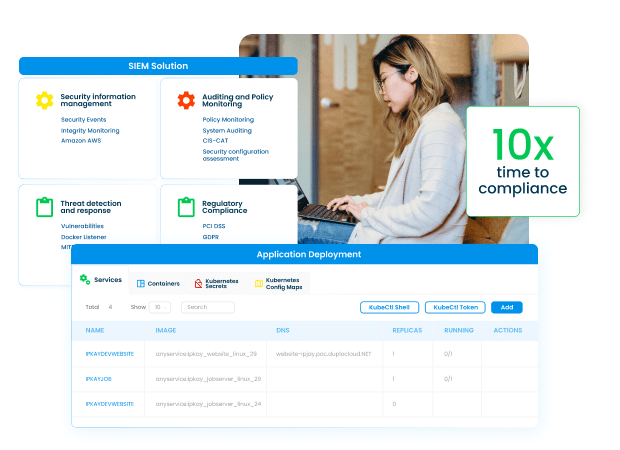
Accelerate DevOps Efficiency
Significantly enhance DevOps efficiency by automating repetitive tasks. This leads to faster development cycles, reducing the need for extensive manual input and allowing teams to focus on innovation.
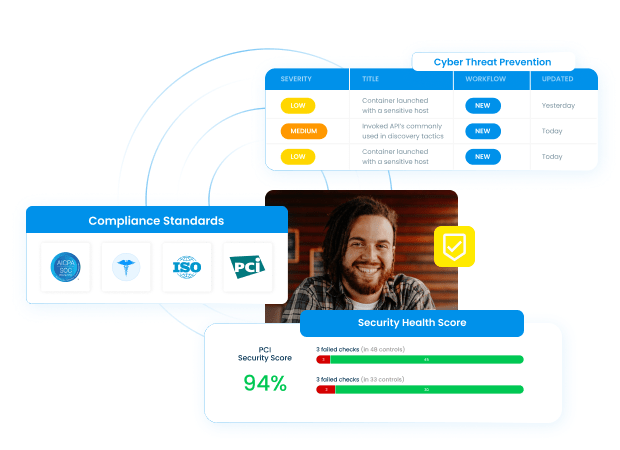
Advanced Security and Compliance
With DevOps-as-a-Service, businesses gain access to top-tier security features, including advanced encryption and protocols. The service ensures compliance with critical standards like PCI-DSS, HIPAA, and GDPR, safeguarding data and reinforcing trust.
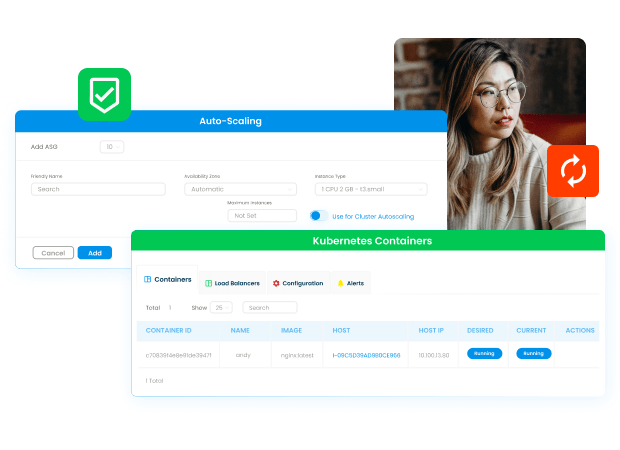
Scalable Solutions for Growing Demands
As operational demands increase, DevOps-as-a-Service provides scalable solutions to meet these evolving needs. Tools like container orchestration are employed to ensure applications adapt and scale efficiently.
Sophisticated DevOps - No Additional Headcount
DuploCloud provides growing startups with sophisticated DevOps automation and subject-matter expertise.
Self-Service Portal
Low-Code Terraform
Compliance and Security
Continuous Integration / Continuous Deployment (CI/CD)
Multi-Cloud Support
White-Glove Support
Bring Your Tech to DuploCloud
Seamlessly provision your cloud-native applications. We translate application specifications into detailed and fully managed cloud configurations, with knowledge of over 500 cloud services.
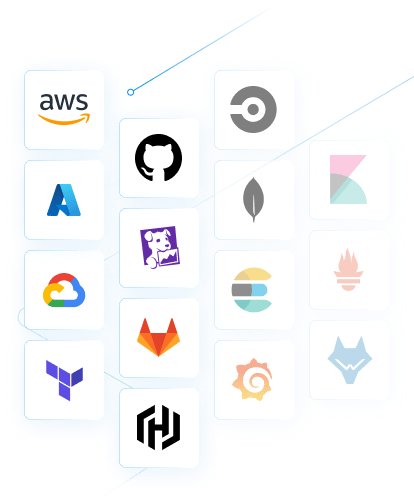
How much can we accelerate your time-to-market and save you money?
Check out our savings calculator! Simply input your current compliance standard and labor time, and we'll show you how we can impact your business.
Award-winning documentation to get you started quickly and easily.
Getting Started
Tutorials
Frequently Asked Questions
Customer Testimonials
Resources
DuploCloud's resources will help you discover a wealth of insights and tools specifically designed to help emerging businesses navigate the complexities of DevOps automation.




Ready to get started?
Boost DevOps efficiency, accelerate compliance, enhance security, and drive innovation with DuploCloud.































